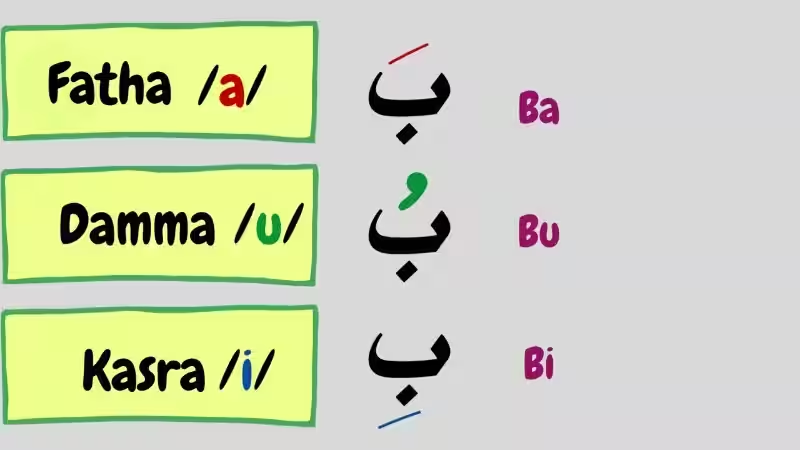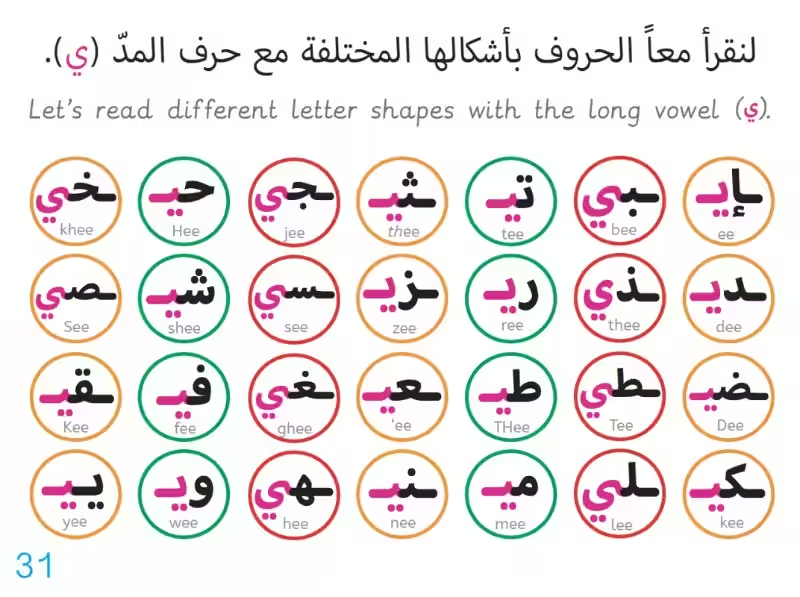
Learning Arabic can be a rewarding but sometimes challenging journey. One of the key hurdles for beginners is mastering the precise pronunciation of Arabic letters with various vowel diacritics. Understanding and correctly pronouncing the damma (ـــُــ) is essential for accurate articulation and comprehension. This article will delve into the intricacies of the damma, providing you with a clear understanding of its pronunciation, usage, and practical application.
Understanding the Damma
The damma (ـــُــ) is a crucial vowel diacritic in Arabic. It’s represented by a small curl-like “waaw” placed above a letter, significantly altering its pronunciation. This subtle mark transforms the sound of the consonant underneath. Think of it as a key that unlocks a particular vocalization, giving the letters life and meaning. It’s not enough to simply recognize the symbol; understanding its impact on the overall sound is critical to effective communication.
Properly understanding the damma requires recognizing its nuances. The same damma over different consonants produces distinct sounds. For example, when placed over a “rough” consonant like a “b” (ب), it produces a “u” sound, akin to the “u” in “look.” But over a “soft” consonant such as a “n” (ن), the damma produces a slightly softer, less prominent “u” sound, approximating the “u” in “fuse.” This subtle difference in pronunciation is vital to accurately conveying the intended meaning. Understanding these variations is key to conveying the intended meaning.
Pronunciation Variations and Syllable-by-Syllable Recitation
A significant aspect of mastering the damma is understanding its pronunciation within a word, particularly when speaking syllable-by-syllable. Over-elongating the damma sound is a common mistake for beginners; however, precise articulation is paramount for accurate Arabic pronunciation. Concentrating on individual syllable pronunciation will help you appreciate the flow of the language.
The nuances of the damma’s sound are sensitive to the surrounding letters. If a letter is followed by a letter that also incorporates a damma, the damma’s sound can change slightly. The emphasis should not be solely on the damma itself, but on the overall sound of the word formed through the combination of letters and diacritics.
Arabic Script and Letter Connections
A crucial part of Arabic learning involves understanding how letters interact within the written script. In Arabic, letters are connected to form words. A key aspect of this is the visual transformation that occurs. When letters join, they often lose their lower “tails” or extensions. This process, though seemingly subtle, is integral to correct reading and writing. Mastering these visual changes through practice is vital.
Consider the example of the phrase “د ذ ر ز ا و.” By observing this, we see how some letters connect to both the preceding and subsequent letters, while others only connect to the preceding letter. Notice how letters change shape and form. This aspect of the script’s dynamism requires dedicated practice. Highlighting these changes, as demonstrated by the use of different colors, facilitates clearer visualization of the precise changes in letter form. This visual aid is essential for understanding the nuances of Arabic script.
Practical Application and Practice
To truly master the damma, extensive practical application is essential. Begin with simple words and phrases incorporating the damma, gradually increasing the complexity as you gain confidence. This hands-on approach is crucial to internalizing the sounds and the visual transformations of letters.
Consider practicing with the following examples:
- Simple words: بُ (bu), نُ (nu), شُ (shu), كُ (ku), سُ (su)
- Phrases: كَتَبَ (kataba, “he wrote”) vs. كُتِبَ (kutiba, “he was written”)
- More complex examples: Words with Tanween, like كِتَابٌ (kitābun, “a book”).
The use of flashcards, online resources, and practice exercises can significantly enhance your learning experience.
Mastering Arabic letters with damma is a journey requiring patience and dedicated practice. By understanding the subtle variations in pronunciation, the dynamic nature of letter joining within the Arabic script, and incorporating this knowledge into active learning exercises, you can solidify your grasp of this essential vowel diacritic. Regular practice, utilizing visual aids where possible, will ultimately enhance your pronunciation and your overall comprehension of the Arabic language. Remember that consistency and diligent practice are key to achieving fluency in Arabic.
Arabic Dammah (ـــُــ) FAQ
This FAQ section addresses common questions about the Arabic vowel diacritic dammah (ـــُــ), focusing on pronunciation, usage, and visual representation.
What is Dammah?
Dammah (ـــُــ) is a vowel diacritic in Arabic, represented by a small curl-like “waaw” above a letter. It modifies the pronunciation of the consonant below it, creating a short “u” sound. The exact “u” sound can vary slightly depending on the type of consonant it modifies (rough or soft).
How is Dammah pronounced?
Over rough consonants, dammah produces a “u” sound similar to the “u” in “look.” Over soft consonants, it creates a softer, less pronounced “u” sound, approximating the “u” in “fuse.” Proper pronunciation is crucial, avoiding over-elongating the “u” sound.
How does Dammah affect the meaning of words?
Dammah, along with other vowel markings, significantly modifies word meaning. Different vowel combinations create distinct words with different meanings. For example, “kataba” (كَتَبَ) meaning “wrote” differs from “kutiba” (كُتِبَ) meaning “was written.”
What is the difference between Dammah and other Arabic vowels?
Dammah is one of three main vowel marks in Arabic: fatḥah (ـــَــ), kasrah (ـــِــ), and dammah (ـــُــ). Each vowel has a different visual marking and a unique sound.
How does Dammah change when letters are joined?
Arabic letters change form when joined to form words. When letters are combined, their lower “tails” disappear. Practicing this visual transformation is essential for reading and writing Arabic fluently. The connection of letters can vary. Some letters connect to both the preceding and subsequent letters, while others only connect to the preceding letter.
How can I practice my Dammah pronunciation?
Extensive practice with various examples is crucial. Start with simple words and gradually increase complexity. Using visual aids and repetition will significantly enhance your understanding and pronunciation. Listen carefully to native speakers and try to mimic their pronunciation.
What are some examples of words containing Dammah?
Examples of words with dammah include: “bu” (بُ), “nu” (نُ), “shu” (شُ), “ku” (كُ), “su” (سُ). More complex words like “jumeaa” (جُمِعَ) or “shuriba” (شُرِبَ) demonstrate its use in longer words.
What resources are available to help me learn Arabic with Dammah?
Many online resources, books, and language learning apps can assist with understanding and practicing dammah. Consider finding resources that offer audio examples and visual representations of the letters and their combinations.








